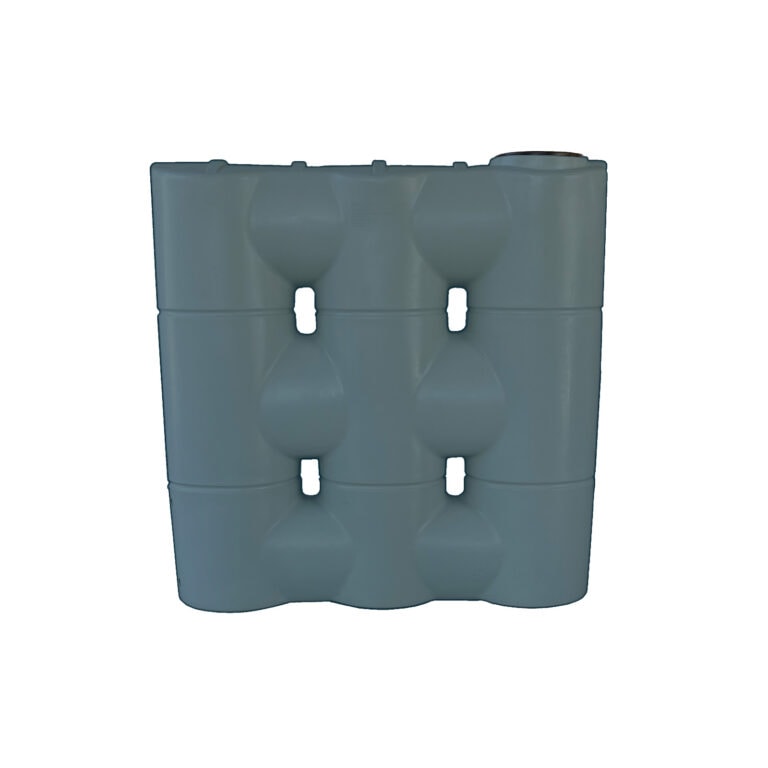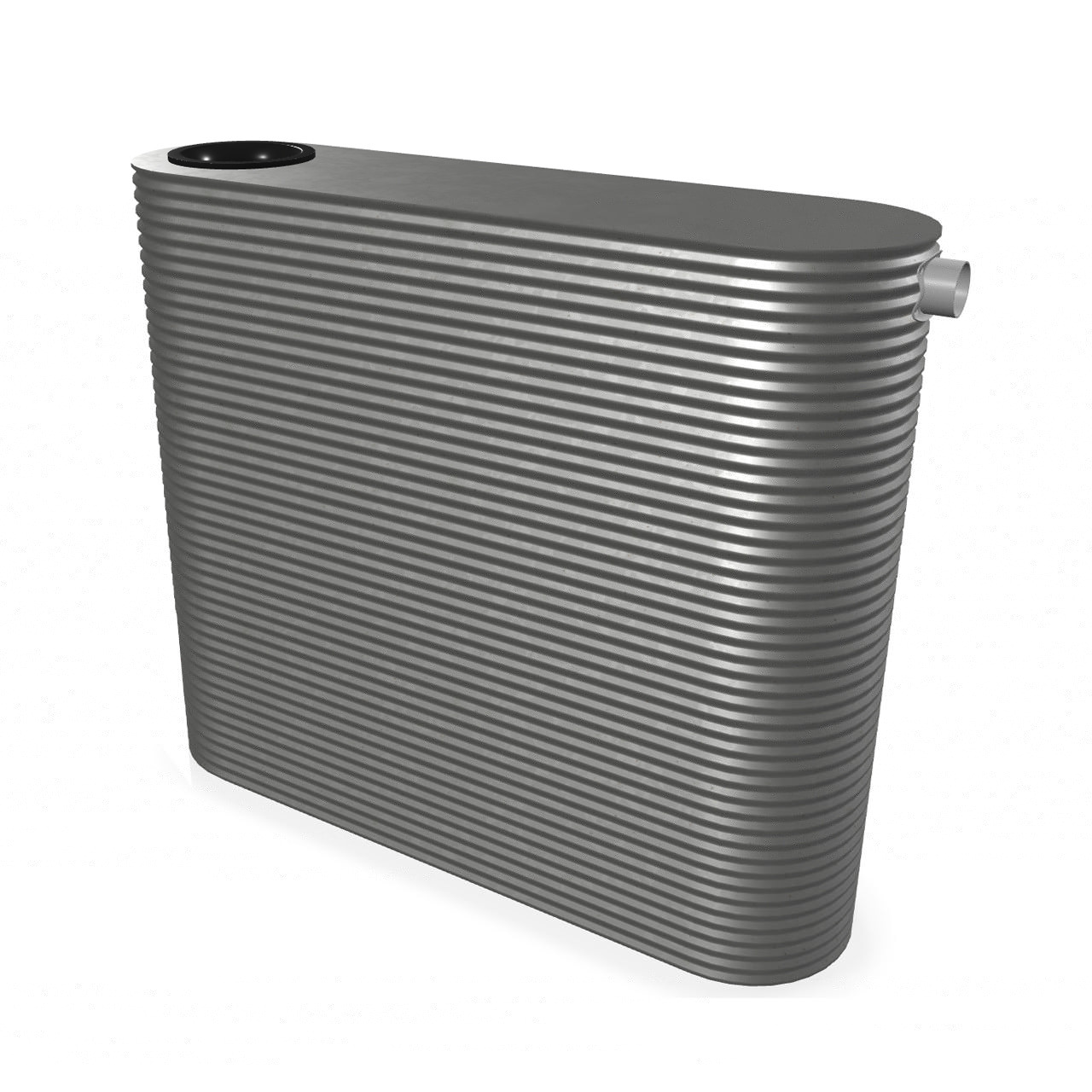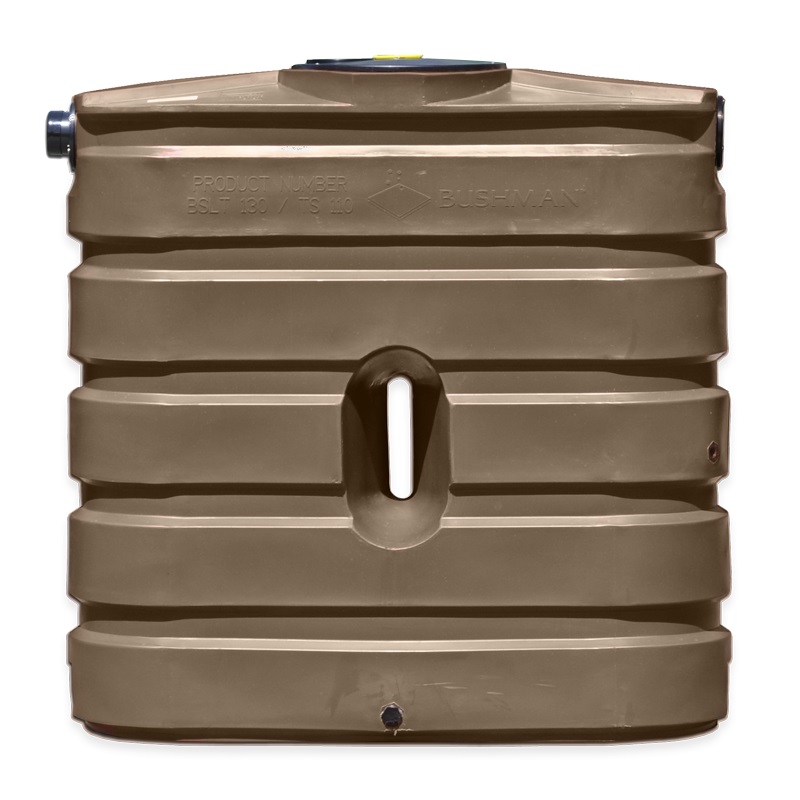Understanding the Relevance of Rain Containers in Drought-Prone Regions for Water Safety And Security
In regions vulnerable to extended dry spells, the duty of rain tanks in reinforcing water safety is a subject of expanding value. Rain containers offer as an essential device in mitigating the impact of water shortages by offering a sustainable source of water for different requirements.
Advantages of Rain Tanks
Utilizing rainwater storage tanks uses a lasting service for enhancing water system and improving water safety in property and industrial setups. Among the main advantages of rain containers is their capacity to reduce dependency on mains supply of water. By catching and storing rainwater that falls on rooftops, this alternative source can be used for various non-potable purposes such as watering, purging commodes, and cleaning clothing. This not just preserves cured alcohol consumption water but likewise lowers water bills for users.

Rain Harvesting Methods
Rain collecting methods incorporate a range of approaches made to successfully accumulate and keep rainwater for various functions, contributing to water conservation and sustainability. An additional popular method is the use of above-ground or underground storage tanks to save rainwater for later usage.

Furthermore, rain yards and absorptive pavements are ingenious strategies that involve landscaping or paving surface areas in a means that allows rain to percolate right into the ground, replenishing groundwater books. In addition, contour farming and terracing are agricultural methods that aid capture rainwater and stop dirt erosion in hilly terrain. By applying these diverse rainwater harvesting strategies, communities can enhance water protection and resilience in drought-prone areas while advertising lasting water monitoring practices.
Significance of Water Safety
Making certain reliable access to clean and adequate water resources is critical for sustaining human health and wellness, financial advancement, and ecological health. Water protection is a crucial aspect of social durability, specifically in areas at risk to dry spells and water scarcity. Adequate water safety and security includes different dimensions, consisting of accessibility, top quality, and accessibility of water for domestic, agricultural, industrial, and environmental demands.
Water security plays an essential role in promoting public health by minimizing the frequency of waterborne conditions and making certain sanitation facilities. Economically, water safety is essential for agricultural efficiency, commercial procedures, and total economic growth. Slimline water tanks. Water security is closely connected to ecological sustainability, as it sustains ecosystems, biodiversity, and total ecological balance.
In drought-prone regions, water protection becomes much more crucial due to the heightened risk of water lacks. Implementing strategies like rain harvesting, water recycling, and effective water management methods can substantially enhance water security in these locations. By prioritizing water security, areas can much better endure the impacts of environment adjustment, population development, and various other challenges that intimidate water availability.
Enhancing Water Strength
With boosting worldwide water challenges, developing strength in water systems has become a vital focus for sustainable development initiatives. Enhancing water resilience involves applying approaches to guarantee water schedule and high quality when faced with altering environmental problems, such as droughts, floodings, and pollution.
One secret facet of enhancing water strength is promoting using rainwater storage tanks in drought-prone areas - Slimline water tanks. Rainwater containers serve as an effective ways of recording and go to the website storing rain for later use, lowering dependence on scarce freshwater resources throughout completely dry periods. By incorporating rain harvesting systems right into water management plans, areas can enhance their capability to withstand water scarcity and preserve water security

Lasting Water Preservation
Amidst intensifying water obstacles, the sensible management of water resources with lasting preservation techniques is important for making certain lasting environmental stability and societal wellness. Sustainable water conservation requires the reliable use water resources to satisfy present requirements without jeopardizing the capacity of future generations to fulfill their very own needs. By applying strategies such as rainwater harvesting, greywater recycling, and water-efficient innovations, areas can reduce water wastage and reduce pressure on freshwater sources.
In addition, lasting water preservation techniques add to ecosystem wellness by keeping ample water degrees in rivers, lakes, and marshes, supporting biodiversity, and protecting natural habitats. These practices also play a vital duty in minimizing the impacts of climate adjustment by aiding to adjust to altering rainfall patterns and water accessibility.

Verdict
In look at here conclusion, rain tanks play an important role in boosting water safety and resilience in drought-prone areas. By using rain harvesting techniques, areas can minimize their reliance on typical water sources and advertise sustainable water conservation methods. This not only helps minimize the effects of water deficiency during droughts however additionally adds to lasting water security and durability despite environment change difficulties.